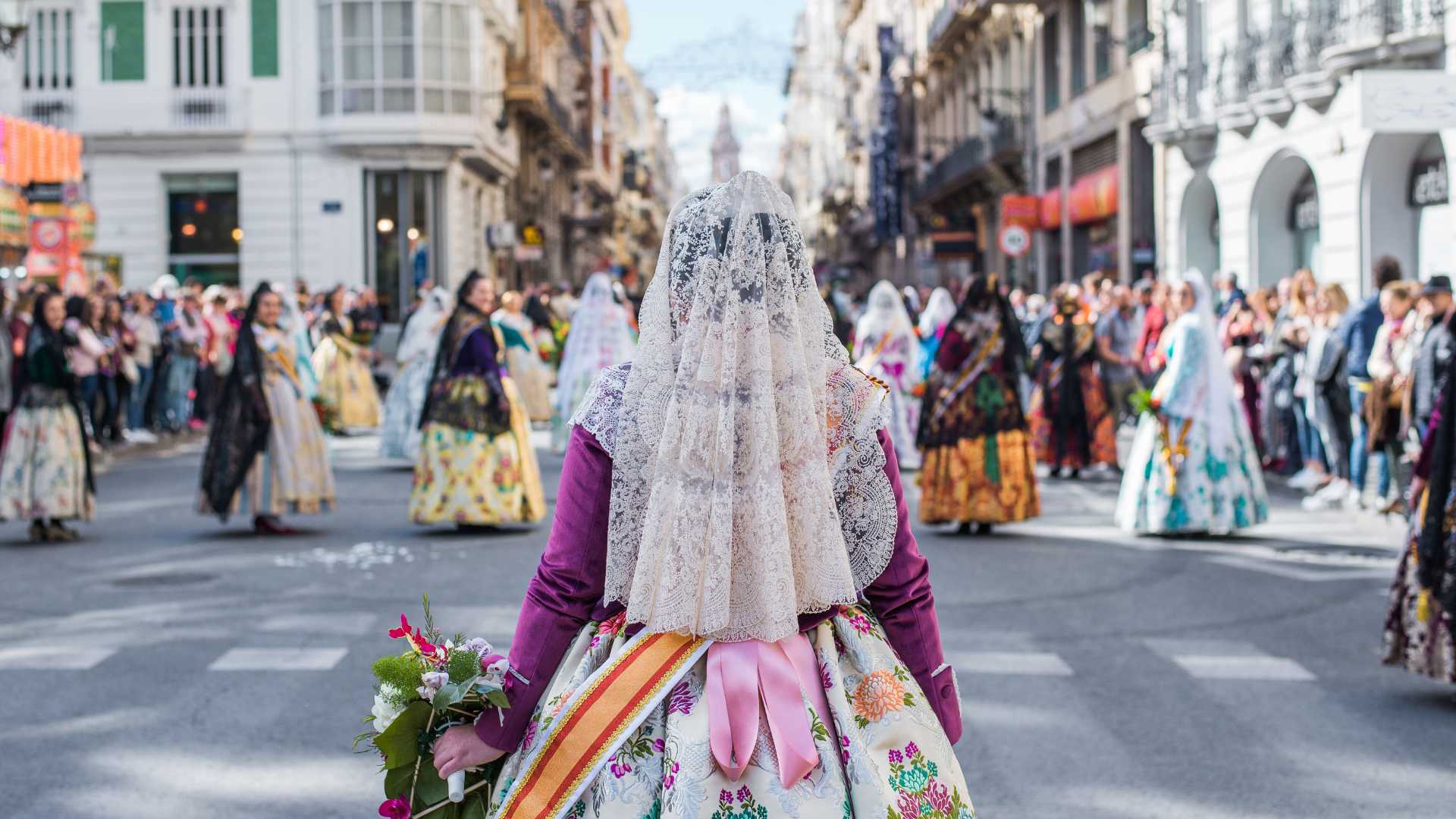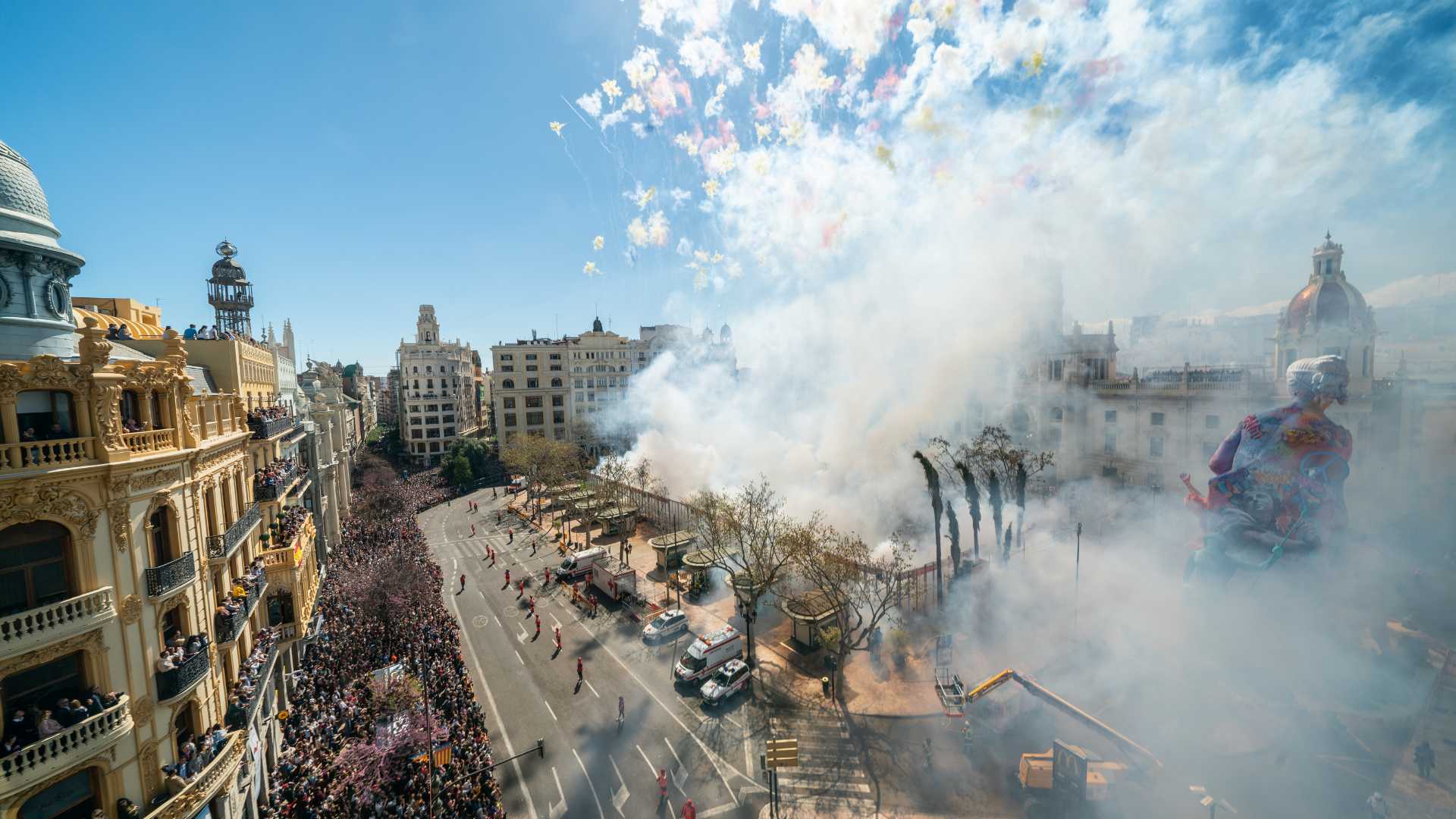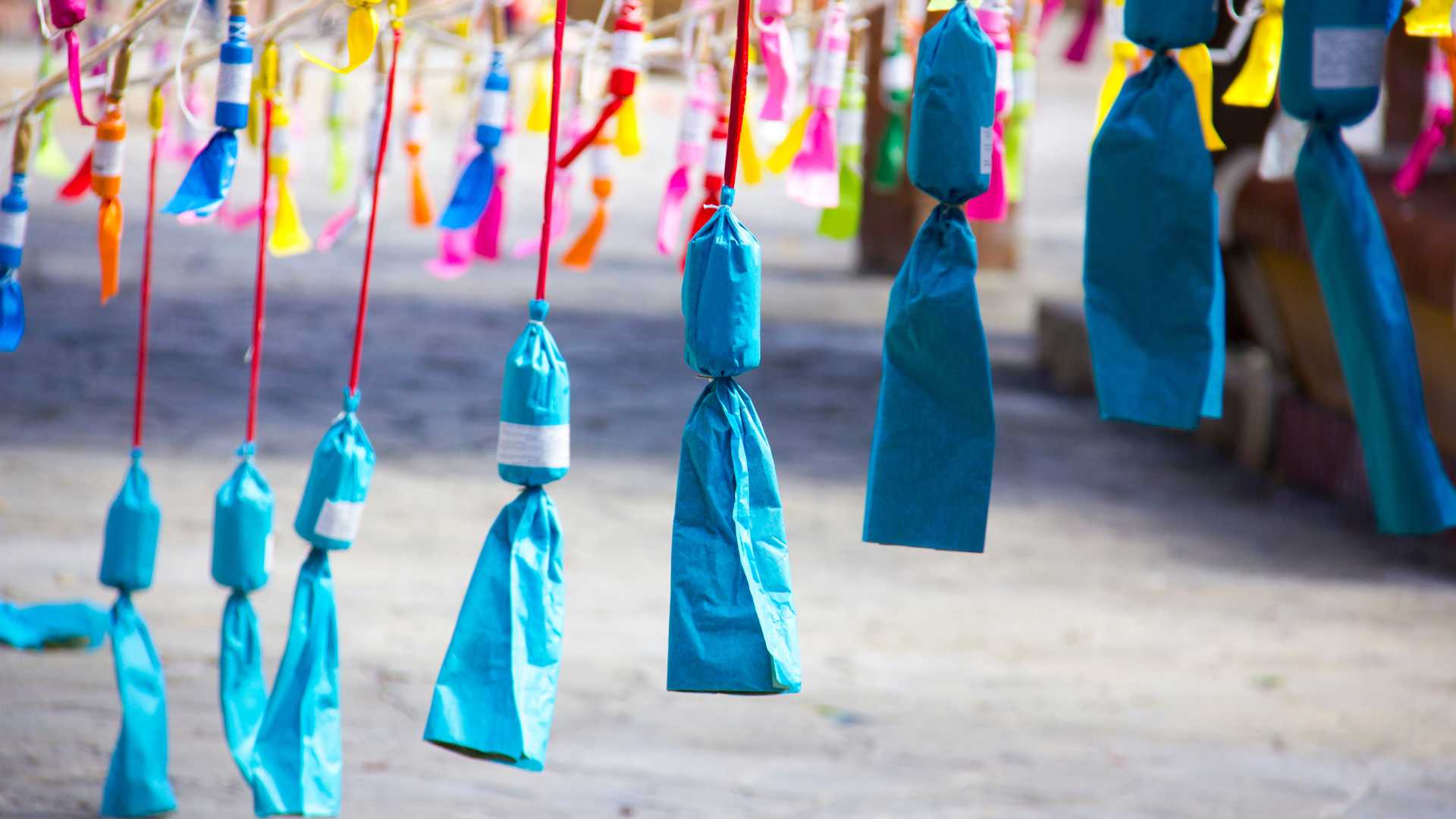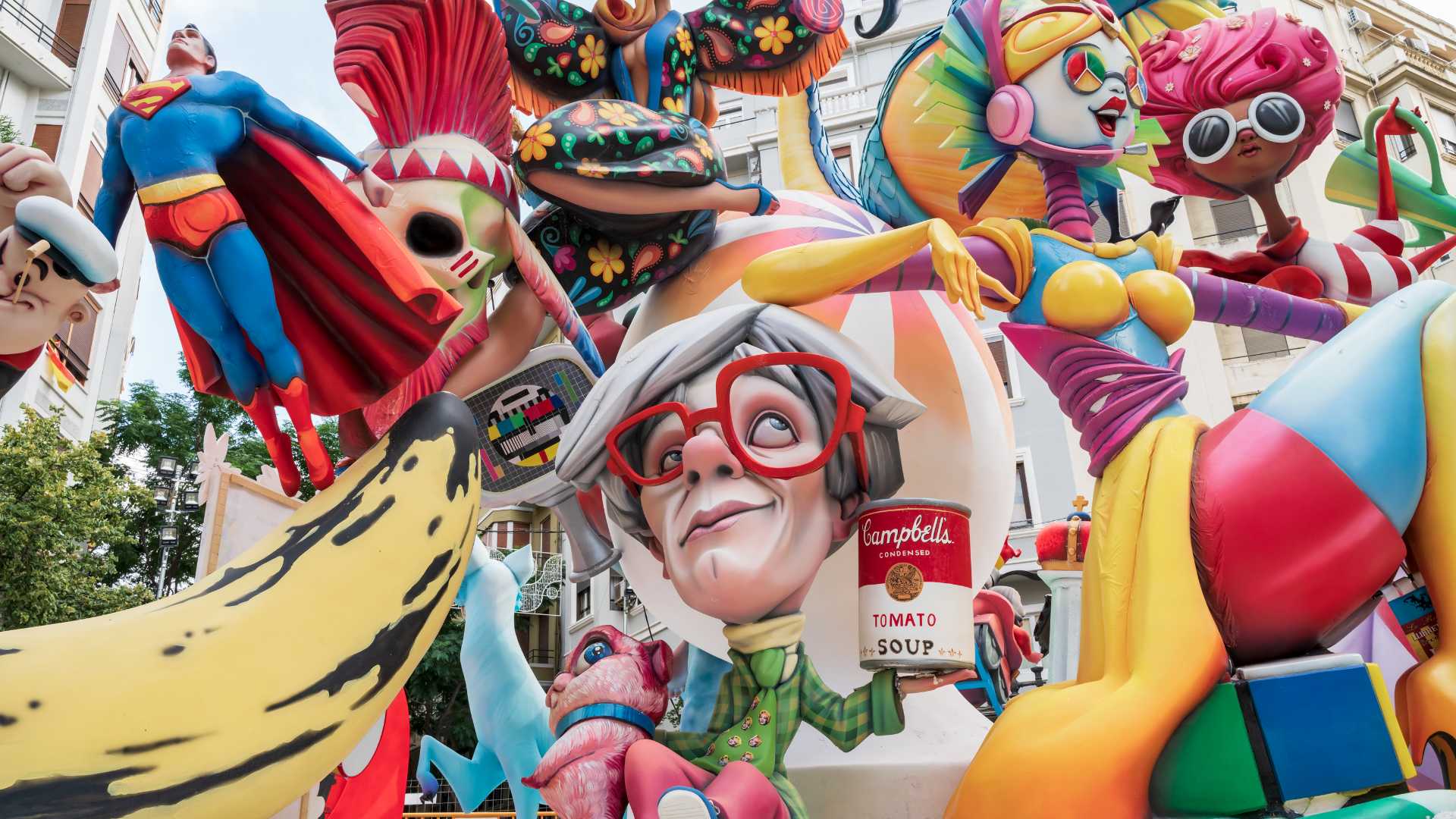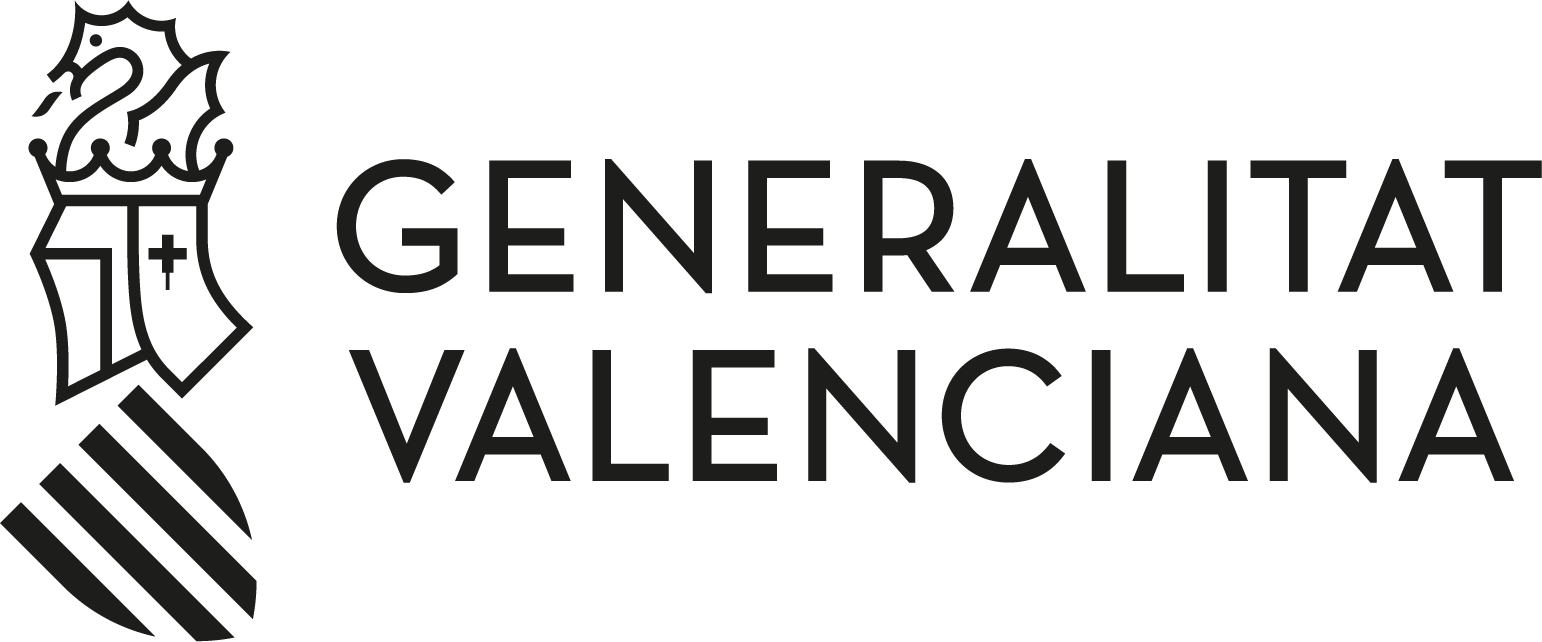Las Fallas
Fallas is an explosive celebration that takes over the streets in a flurry of age-old traditions to which everyone is invited. Listed Intangible Cultural Heritage by UNESCO, this vibrant, loud and fiery festival is one that you simply have to experience for yourself.
At the heart of Fallas are the groups of neighbours and friends that are known as comisiones falleras or fallas. Together they conjure up an impressive programme of events that will fill the streets of their district with verbenas (street parties), parades, traditional Valencian dress showcasing local artisanship, band music, paellas and much, much more.
The fallas associations compete in various categories for the best falla, large and colourful works of art that often depict satirical and ironic scenes. The fallas are composed of a number of sculptures, including ninots, smaller figures that wittily evoke current affairs. There is a vote for the best ninot and the one that wins is spared from the flames.
Fallas events and activities ramp up throughout the month of March. Mascletaes become a daily event. At 2pm, these rhythmic firecracker displays sound across the towns and cities in the province of Valencia, as well as in some locations in the provinces of Castellón and Alicante. Sparkling lights deck the streets, bands play their traditional music and falleros wander around in traditional dress that speaks of the region’s historic connection to the silk trade. The smell of gunpowder and buñuelos de calabaza (deep-fried pumpkin doughnuts) lingers in the air.
Events step up a notch on the 15 March when the fallas sculptures are displayed on the streets and the official events begin. The next day, the fallas associations wake up their neighbours with a noisy despertà, throwing firecrackers as they parade along the streets. All morning there will be processions, as well as award ceremonies. After the daily mascletà, the falleros sit down to lunch together. For visitors, this is an opportunity like no other to see whole towns and cities take part in these traditional events.
On the afternoon of the 17 and 18, falleros don their ornate traditional dress for la ofrenda, an offering of flowers that are placed together to create fragrant displays. At night, you will find paellas cooking on the street, lively verbenas, concerts, light shows and plenty more. The castillos, as the firework displays are known, are another highlight of the Fallas programme, particularly the spectacle taking place on the 18 in València city, which is known as Nit del Foc (the night of fire).
The festivities come to an end on the 19 March with the great burning of the fallas, reducing the imaginative artwork to embers. From this moment, preparations for next year’s festivities begin. Fallas is loud, boisterous and fiery. A quintessentially Valencian festival of epic proportions that you won’t want to miss.
